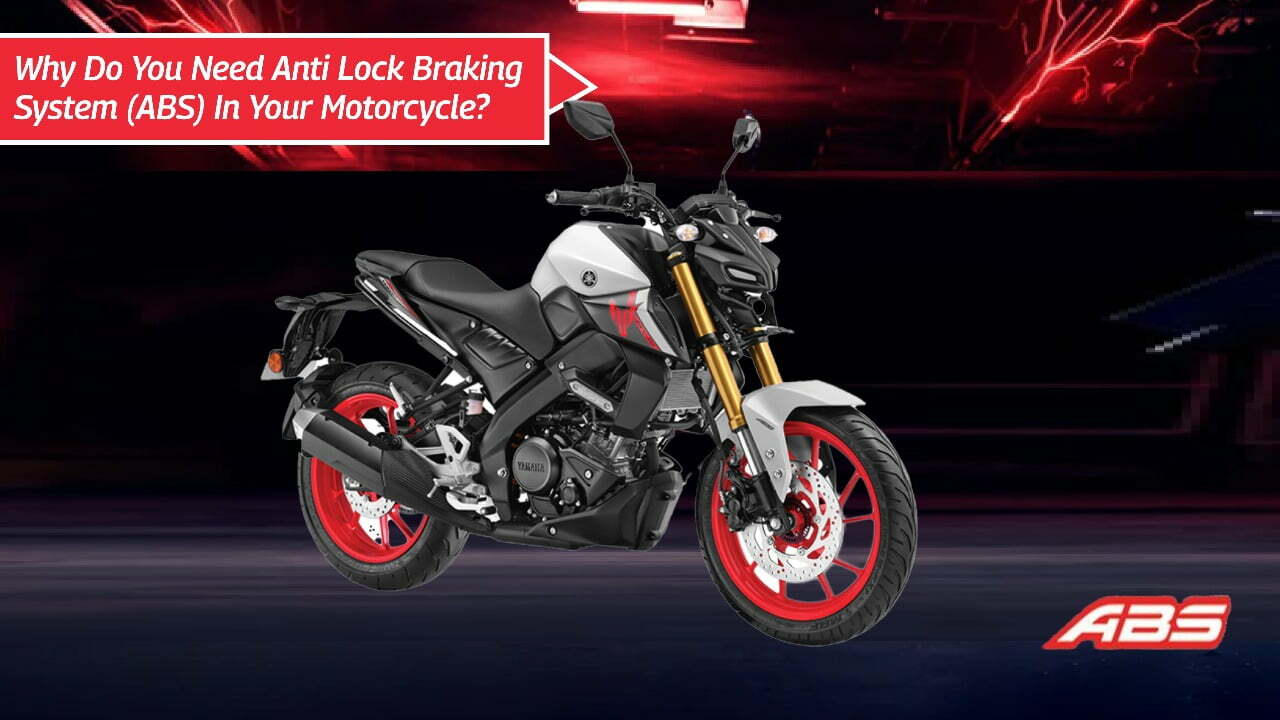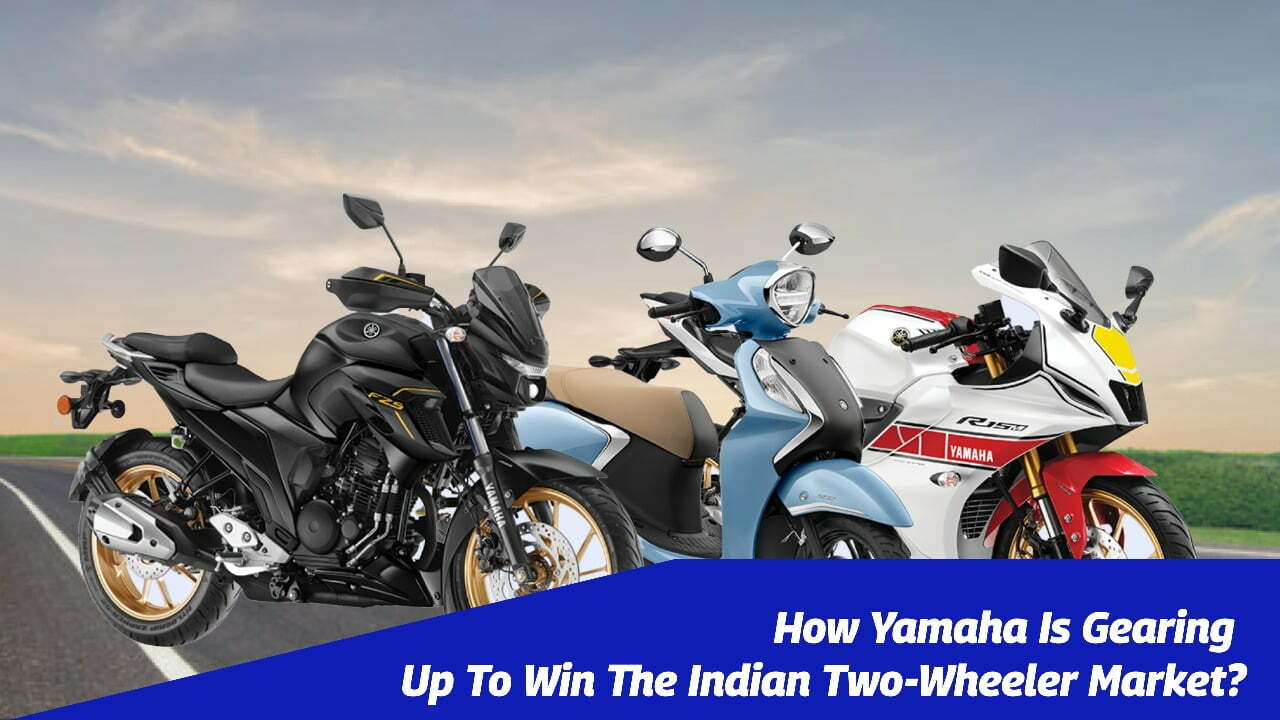
Jun
Yamaha always keeps updating and providing you with the latest and best riding experience. Yamaha Motors has announced that it has developed a prototype of the EPS (Electric Power Steering) steering support system for motorcycles as a new rider aid contributing to improved motorcycle stability and agility.
The newly developed EPS is a technology falling under the Transforming Mobility focus area of the Company’s Long-Term Vision of ART for Human Possibilities. Yamaha Motor is carrying out development of the system seeing it as a technology not only for transforming mobility for greater fun, safety, and comfort but also as one connected to resolving societal issues in uniquely Yamaha ways.
The EPS steering support system employs sensor technologies that differ from those in power steering systems for automobiles and other four-wheeled vehicles. Utilizing a magnetostrictive torque sensor enables the system to function as a steering damper and provide assisted steering, thereby contributing to a motorcycle’s stability, improving agility, reducing rider fatigue, and more. Yamaha Motor aims to equip EPS on various motorcycles in order to provide a wide range of riders with greater motorcycling fun, safety, and comfort.
The Company plans to use the wealth of data acquired through use in the harsh environment provided by top-level motocross competition to accelerate the system’s development and refinement.
Electric Power Steering (EPS) Main Features
◼ Magnetostrictive torque sensor
The system uses a magnetostrictive torque sensor, which has a proven track record with our electrically power-assisted bicycles, to detect torque. EPS works as
1) a steering damper while providing
2) assisted steering for the rider.
The steering damper feature counteracts the outside forces sent to the handlebars from changes in the road surface and the like and functions primarily at high speeds. The assisted steering complements handlebar inputs in line with the rider’s intentions and mainly functions at low speeds. These two features together achieve assistive intervention that still feels natural for the rider.
◼ Compact and lightweight actuator
Developed a compact and lightweight actuator (device that converts electrical signals into physical movement) for motorcycles with an eye on install
There’s still a direct connection between the bars and forks, so ultimate control is still in the hands of the rider because they say it can tell the difference between inputs at the bars and external influences on the steering – assisting one while counteracting the other.
Yamaha aims to equip EPS on various motorcycles and it wouldn’t be a surprise to find this on Adventure bikes for example where rider aids like cornering sensitive ABS, traction control and active suspension are already common-place. From there it would not be a giant leap to imagine it could work on dual-sport or off-road bikes.
Yamaha says that the initial, motocross version of the setup does most of its assistance at low speeds, when you’re likely to use larger movements of the bars, and as you go faster it turns its focus to its second role as a steering damper. Because it can tell the difference between rider inputs and external forces, the steering actuator can counteract bumps or road surface changes that might try to change the bike’s course. In competition, the result should make the bikes less physical to ride, leaving the rider with more strength and stamina at the end of races. Yamaha says that despite the system, the bikes still feel natural to the riders. Motocross is just the start. It’s clearly compact enough to fit virtually any bike and existing machines wouldn’t need a ground-up redesign to incorporate it. On superbikes, it could easily become a natural next step from the sort of active steering dampers already in use, but for the future, the addition of an electric actuator controlling steering angle opens the door to many other possibilities.

Jun
ABS on motorcycles prevents wheel locking and increases stability. Motorcycles are, by nature, less stable than four-wheeled vehicles. Braking too hard can destabilize a motorcycle and lead to either the front or rear wheel locking, causing the bike to overturn or slide. Alternatively, failure to brake hard enough can result in a rider failing to avoid a crash.
ABS uses speed sensors on both wheels to accurately determine wheel speed as well as sensors to determine when a wheel is about to lock. ABS adjusts the braking pressure accordingly to prevent the wheel from locking and assists with maintaining the stability of the motorcycle. In many circumstances, ABS has been shown to reduce braking distance. Motorcycles with ABS technology have been shown to be involved in fewer crashes on the road.
This kind of braking system comprises three parts, namely ECU kit, Brakes and Wheel Speed Sensors. It is usually installed on the rear wheel. These speed sensors are mapped in such a way that they keep monitoring the possible lock-up of the wheel. So, the sensor is, in turn, connected to the Electronic Control Unit, which allows the wheel to roll for some distance and lock in regular intervals of time. This is how ABS works in bikes.
This one-of-a-kind technology helps the passionate bikers to ride amidst all conditions. ABS usually comes with disc brakes, but it cannot be installed with drum brakes.
The main advantage of ABS is that it prevents the biker from falling or skidding. There are some passionate bikers, who have taken up stunts as their profession. Whenever they do stunts like a stoppie, ABS comes into play. Well, ABS is not recommended for dirt bikers as they usually drift when they go on the circuits. MotoGP riders use the slipper clutch and when they lean on the curves, ABS comes into play as they continuously rip the vehicle with the brakes.
Considering the number of accidents that are taking place in today’ scenario, the manufacturers have started implementing ABS in bikes as well for the betterment of road safety. Even though it is expensive, the technology has been working efficiently irrespective of all terrains.
- ABS could reduce the rate of death and severe injury from motorcycle crashes by 31%
- only around 20% of new motorcycles come with ABS as standard
- at the current rate of ABS motorcycle sales, this technology has the potential to save 22 lives between now and 2025
This figure could rise to 35 saved lives if ABS is made standard on all new motorcycles from 2018.

Jun
Yamaha Motor has announced the introduction of the “color customization option” for its range of MT 15 motorcycles in India. The company’s new campaign is launched at the backdrop of various customers giving the thumbs up to the recent launch of the Ice Fluo-Vermillion color in MT 15, a popular variant which is currently available for booking. The company aims to entice a set of younger customers, with these attractive and new color customization options. The campaign named “Customize your Warrior” which is in line with the company’s brand strategy will be launched from November 20 across the country.
Available only for the new purchases from the date of launch, the new Yamaha MT-15 aspirants can avail the option of building colors for their MT-15 by choosing from 11 unique combinations. The campaign will be launched from 20th November on the official website of Yamaha India. The vehicles will be made by Yamaha, based on the order received from the customers. According to Yamaha, the delivery will start from Jan 2021. However, the yellow color wheel model’s deliveries will start from Mar 2021. With this campaign, Yamaha MT15 will be available in 14 unique colors, out of which 3 existing standard colors will be readily available at the dealerships and for 11 new color combinations customers can place orders with India Yamaha motor through its authorized dealers.
The Yamaha MT-15 mounts a 155 cc, liquid-cooled, 4-stroke, SOHC, 4-valve engine, which comes paired to a 6-speed transmission. This engine from Yamaha is a fuel-injected engine along with Variable Valve Actuation (VVA) system on a Delta box frame. With all this, the Yamaha MT-15 is capable of triggering an agile and strong-feeling acceleration along with its handy A and S clutch and single-channel ABS.
Today’s customers look for a variety and diverse range of color combinations which suit their style statement. Yamaha will always try to introduce new biking experiences to our customers and offer excitement to them with products & services that exceed customer expectations. This step has been taken considering the feedback from the customers and in the future, we will come up with such options which are in line with our brand direction “The Call of The Blue”.
